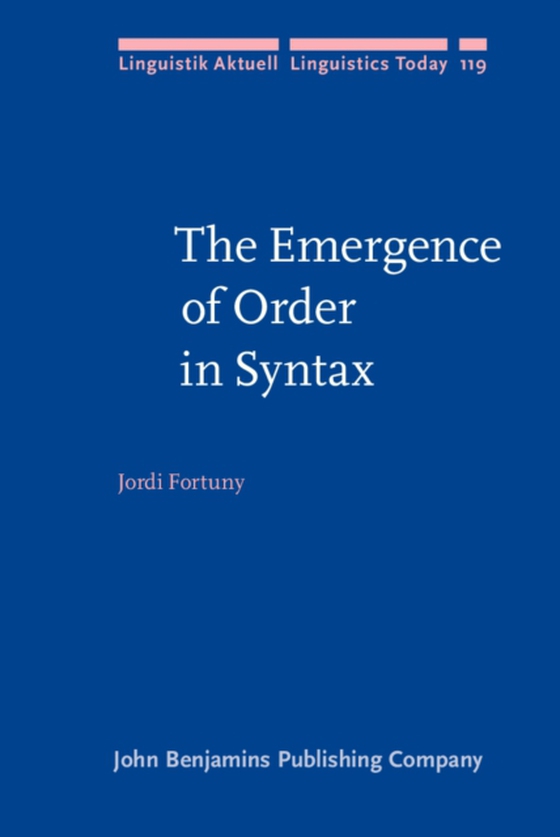
Emergence of Order in Syntax e-bog
875,33 DKK
(inkl. moms 1094,16 DKK)
The syntactic component of the faculty of language is argued to be a rewiring of a few independently motivated components: features, the conjunction of a successive operation of union-formation ('Merge') and of derivational records ('nests'), and principles of analysis. Since nests linearize terminals (Kuratowski 1921), Kayne's (1994) LCA becomes dispensable. The study of how features are order...
E-bog
875,33 DKK
Udgivet
15 januar 2008
Længde
224 sider
Genrer
Grammar, syntax and morphology
Sprog
English
Format
pdf
Beskyttelse
LCP
ISBN
9789027291547
The syntactic component of the faculty of language is argued to be a rewiring of a few independently motivated components: features, the conjunction of a successive operation of union-formation ('Merge') and of derivational records ('nests'), and principles of analysis. Since nests linearize terminals (Kuratowski 1921), Kayne's (1994) LCA becomes dispensable. The study of how features are ordered in discontinuous, analytic and syncretic patterns, governed by the Full Interpretation Condition and the Maximize Matching Effects Principle, provides a simple account for several syntactic phenomena, like the C-Infl connection, certain cartographic observations due to Cinque (1999), the A'-status of preverbal subjects in Null Subject Languages (Sola 1992), the alleviation of wh-island effects in English when the embedded wh-phrase is a subject (Chomsky 1986) and the dynamic V2 patterns in double agreement dialects observed by Zwart (1993). The possibility that Comp-trace effects derive from the contraction of the C-Infl discontinuity is explored and subject islands and wh-islands are derived from the Relativized Opacity Principle, an alternative to Chomsky's PIC.
 Dansk
Dansk

